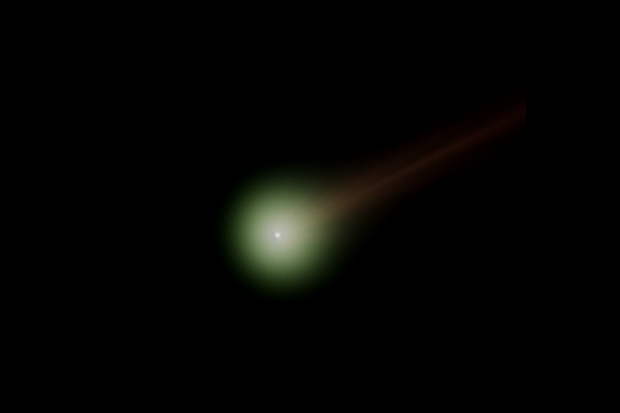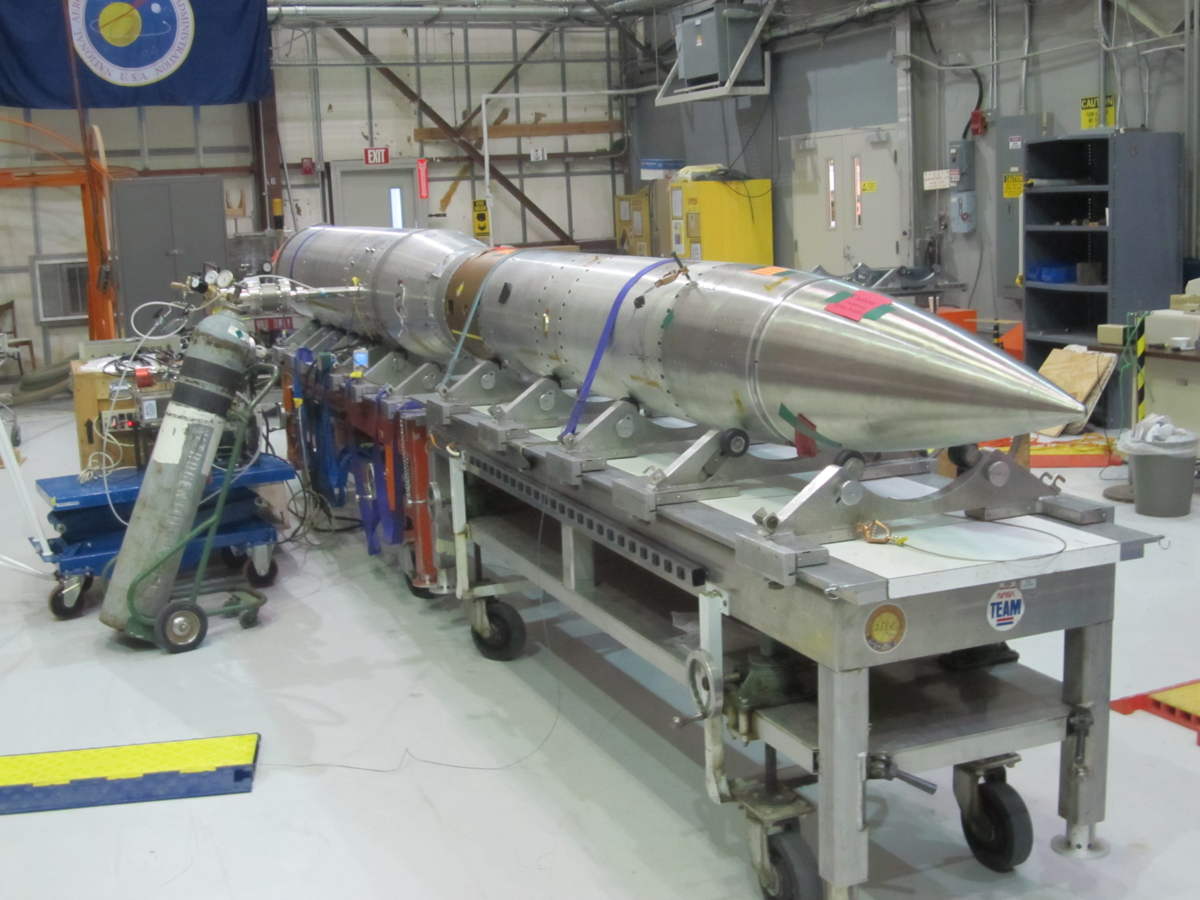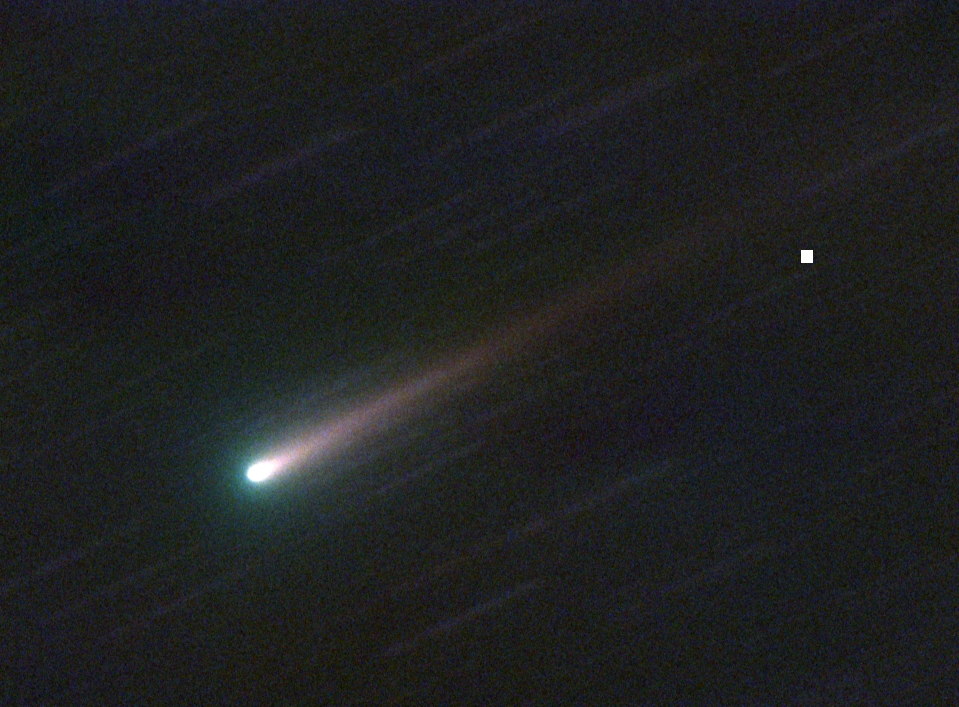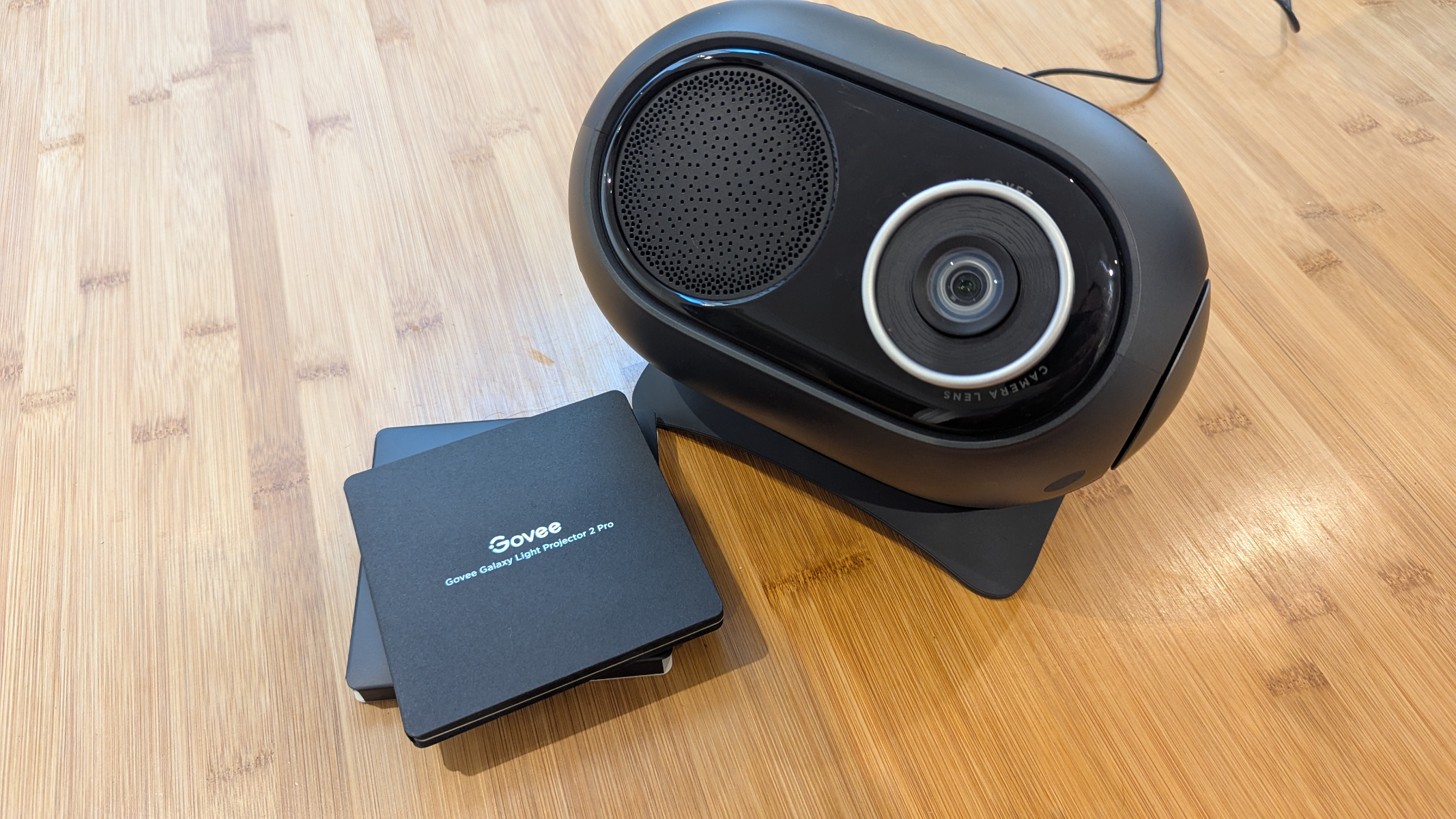6-Minute Rocket Launch Aims to See Promising Comet ISON Tuesday

Update for Nov. 19: A faulty valve forced scientists to delay the Nov. 19 launch of the FORTIS rocket to observe Comet ISON. Liftoff is now targeted for Wednesday, Nov. 20, at 6:30 a.m. EST.
A small rocket designed to spy galaxies billions of light-years from Earth will gaze at the brightening Comet ISON during a brief launch on Tuesday (Nov. 19) to track the icy wanderer as it speeds through the inner solar system.
The NASA-sponsored FORTIS rocket launch is set to blast off at 6:30 a.m. EST (1130 GMT) on Tuesday from the White Sands Missile Range in New Mexico in its bid to spot Comet ISON. The mission's launch window lasts about 15 minutes and will send the suborbital FORTIS rocket 60 miles (97 kilometers) above the Earth's surface, far enough outside the atmosphere to get a good look at Comet ISON just before it disappears behind the sun. Total flight time: just six minutes.
After the FORTIS rocket first launched in May to study distant galaxies, its mission team soon realized the rocket could also be used to seek out carbon monoxide, oxygen, hydrogen and other elements on Comet ISON, which is headed for a super-close encounter with the sun on Nov. 28. On that day, Thanksgiving Day in the United States, the sungrazing comet will be just 730,000 miles (1.2 million kilometers) from the sun. [Comet ISON: 8 Essential & Weird Facts]
"We knew we were going to rebuild the instrument and fly it again, regardless — it was just a question of how fast," Stephan McCandliss, FORTIS principal investigator at Johns Hopkins University in Baltimore, said in a statement. "When our proposal to use FORTIS to look at ISON in November was accepted, we started working our tails off."
The FORTIS rocket — its name is short for Far-ultraviolet Off Rowland-circle Telescope for Imaging and Spectroscopy — will observe Comet ISON's sublimation (the process of evaporating from a solid to a gas) as the comet jets close to the sun. Using a spectrograph, the experiment will be able to measure the intensity of different wavelengths of light emitted during this process, which will, in turn, show how quickly atoms are changing.
McCandliss said his team is ready to fly.
Breaking space news, the latest updates on rocket launches, skywatching events and more!
"We are excited that the plan has all come together, especially consider the state the experiment was in five months ago after the last launch where we had a pretty rough touch down that required a rebuilding of the aft portion of the optical bench," he told SPACE.com in an email from the launch site.
Comet ISON has been a much-anticipated comet among professional and amateur astronomers because of its potential to become a dazzling night sky object during its visit to the inner solar system. However, its brightness will partially depend on how well it survives its closest approach to the sun on Nov. 28.
Currently, Comet ISON is visible the unaided eye (or naked eye) in the pre-dawn sky, and is especially brilliant in binoculars and telescopes. The comet is officially designated C/2012 S1 (ISON), with ISON standing for International Scientific Optical Network. It was discovered in September 2012 —when it was 585 million miles (941 million km) away, well outside the orbit of Jupiter — by Russian amateur astronomers Vitali Nevski and Artyom Novichonok and has been tracked by stargazers, professional astronomers and spacecraft ever since.
Editor's note: If you snap an amazing picture of Comet ISON, Comet Lovejoy or any other night sky view that you'd like to share for a possible story or image gallery, send photos, comments and your name and location to managing editor Tariq Malik at spacephotos@space.com.
You can follow the latest Comet ISON news, photos and video on SPACE.com.
Follow Elizabeth Howell @howellspace and SPACE.com @Spacedotcom. We're also on Facebook and Google+. Original article on SPACE.com.

Elizabeth Howell (she/her), Ph.D., was a staff writer in the spaceflight channel between 2022 and 2024 specializing in Canadian space news. She was contributing writer for Space.com for 10 years from 2012 to 2024. Elizabeth's reporting includes multiple exclusives with the White House, leading world coverage about a lost-and-found space tomato on the International Space Station, witnessing five human spaceflight launches on two continents, flying parabolic, working inside a spacesuit, and participating in a simulated Mars mission. Her latest book, "Why Am I Taller?" (ECW Press, 2022) is co-written with astronaut Dave Williams.


